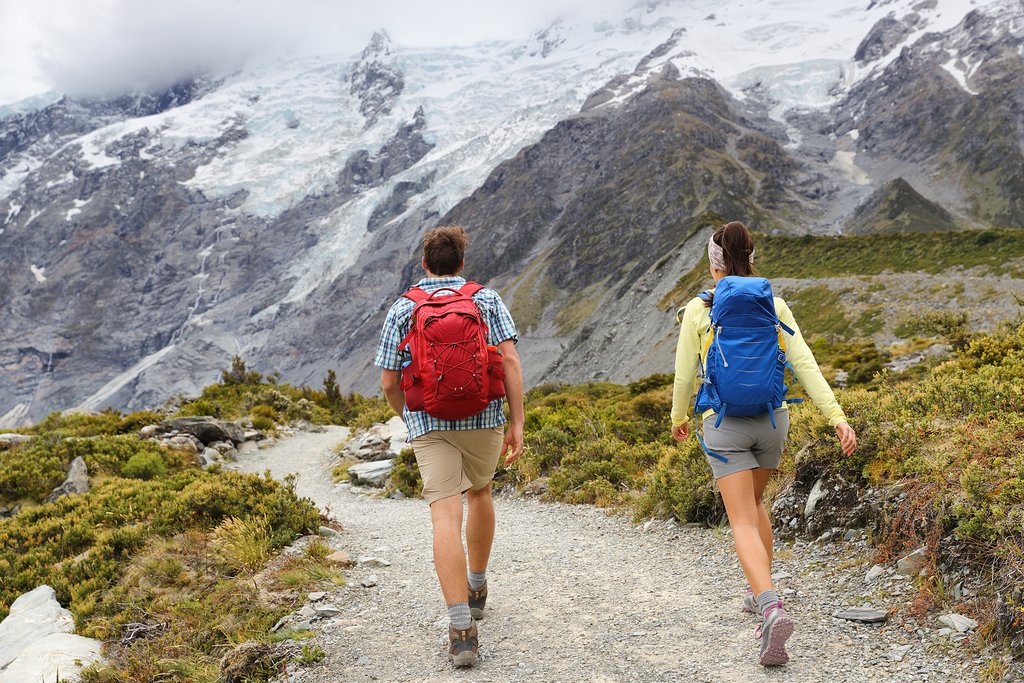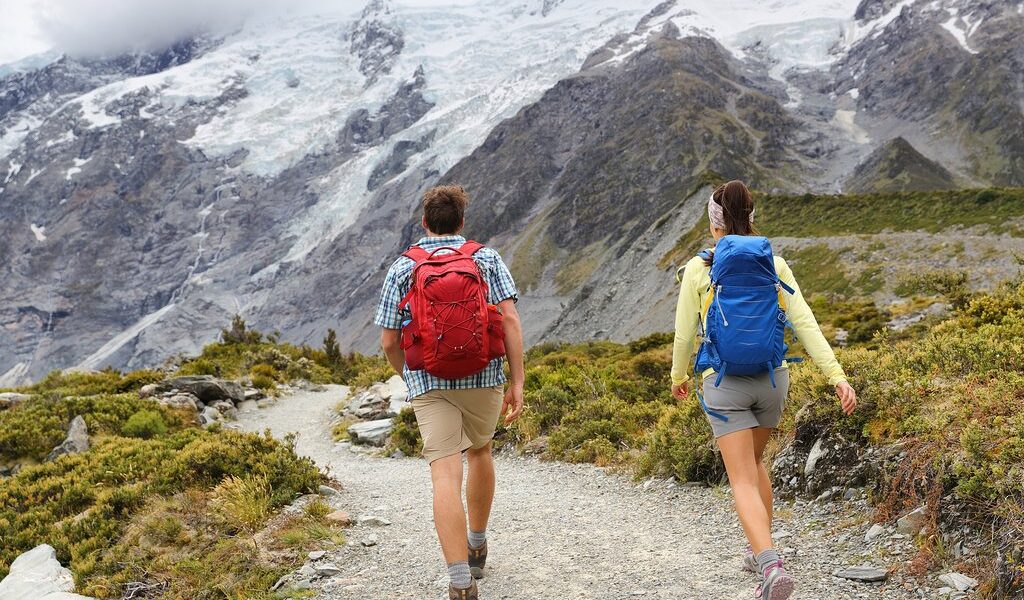
February is mid-summer in New Zealand, and also peak tourism season. But, schools go back earlier in the month, so international visitors won’t be competing with locals for space on beaches or in camp grounds as they do in January, plus weather conditions continue to be ideal for outdoor activities. Here are some important things to know about traveling to New Zealand in February.
## New Zealand in February: A Comprehensive Travel Guide
February in New Zealand is a time of vibrant landscapes, warm weather, and a bustling atmosphere, making it an ideal month for exploring this stunning country. This guide provides detailed insights into what to expect and how to make the most of your February adventure in Aotearoa, the land of the long white cloud.
**Weather in February: A Summer Delight**
February, along with January, marks the peak of summer in New Zealand, bringing with it the warmest temperatures of the year. The upper **North Island**, including regions like **Northland**, **Auckland**, and the picturesque **Coromandel Peninsula**, basks in average highs of around 77° F (25° C). Similarly, certain areas of the **South Island**, such as **Nelson**, parts of **Canterbury**, and sections of **Central Otago**, experience comparable warmth.
While these regions enjoy pleasant summer averages, it’s not uncommon to experience even higher temperatures. These locations can often reach above 86° F (30° C) during the summer months, and this can sometimes continue for several days. New Zealand benefits from its island nation status, which prevents the extreme heat waves that are frequently encountered in neighboring Australia. However, warm temperatures are definitely a characteristic of the New Zealand summer. Furthermore, the northern part of the country, particularly **Northland** and **Auckland**, tends to be quite humid, adding another layer to the summer climate.
Despite the predominantly warm weather, it’s important to remember that New Zealand is a land of diverse climates. Even in summer, cooler temperatures can be found in certain parts of the country. Snowfall, while less frequent in February, is still possible in the higher alpine areas. Imagine enjoying a beautiful summer day in **Queenstown**, only to wake up the next morning to see a dusting of fresh snow on the surrounding mountains – a testament to New Zealand’s unique and varied landscape. The average summer high in Queenstown, located in the southern part of the South Island, is a more temperate 71° F (22° C).
Summer is typically the driest season in New Zealand. This is often evidenced by the transformation of the landscape, where farmland, usually a vibrant green for most of the year, turns brown and dry under the summer sun. However, this general dryness can be interrupted by ex-tropical cyclones. These storms, which originate in the Pacific Islands further north (where numerous cyclones occur each summer between November and April), occasionally make their way towards New Zealand. On average, New Zealand experiences the effects of these cyclones about once per summer, typically in February or March, although not every year is affected.
By the time these storms reach New Zealand, they usually lose much of their initial force. However, they still often manifest as significant storms, bringing strong winds and heavy rainfall, potentially causing localized disruptions. If you are traveling in New Zealand in February and hear that a cyclone is approaching, it’s wise to adjust your plans accordingly. Consider canceling any outdoor activities, especially multi-day hikes, and opting for indoor alternatives for a few days. If you’re camping, it would be prudent to exchange your tent for a more secure hotel room.
**Crowds and Costs: Navigating Peak Season**
February marks the height of the tourist season in New Zealand, attracting international visitors eager to experience the country’s summer beauty. However, there’s a silver lining: local schools typically resume classes at the end of January or the beginning of February. This leads to a noticeable decrease in the number of local families at popular beaches, lakes, rivers, and other major attractions. Consequently, February can be a more pleasant time for camping, as campsites are less likely to be overcrowded with local families. It is always important to check local regulations and guidance relating to ‘freedom camping’ before doing so as this is not always permitted or welcome in certain parts of the country.
If your travel plans involve crossing the **Cook Strait** between **Wellington** and **Picton** on the Interislander Ferry in February, it’s crucial to book your tickets well in advance. Although February is generally less congested than January, it’s still considered peak season due to the influx of foreign visitors.
Be prepared for higher accommodation costs during February, as prices tend to be at their peak due to the high demand. Planning and booking in advance are therefore highly recommended.
**Where to Go in February: A Land of Endless Possibilities**
February offers access to virtually every corner of New Zealand, allowing you to tailor your itinerary to your individual preferences. If your heart desires beach time, **Northland** and the **Coromandel Peninsula** in the North Island are excellent choices, boasting stunning coastlines and inviting waters. In the South Island, the area surrounding **Nelson**, including the renowned **Abel Tasman National Park**, and the tranquil **Golden Bay**, are particularly appealing for beach lovers.
However, given New Zealand’s extensive coastline, you’re likely to discover a beautiful beach almost anywhere along the coast. As a general rule, the east coasts of both islands tend to have better swimming beaches, as the west coasts are characterized by wilder seas with stronger currents and heavier surf.
For many visitors, hiking and long-distance trekking are major attractions, and February provides ideal conditions for these activities. While it’s always wise to be prepared for unexpected cold snaps and adverse weather conditions, especially on alpine hikes, February generally offers favorable weather for exploring New Zealand’s many trails. Popular tracks, such as the Department of Conservation’s (DOC) ten ‘Great Walks,’ can be quite busy in February, although generally less so than in January. Booking accommodation along the way (at DOC huts and campsites) in advance is essential. Alternatively, consider exploring quieter trails in less frequented areas to avoid the crowds associated with the more well-known treks, like the **Tongariro Alpine Crossing** and the **Abel Tasman Coast Track**.
While skiing is not an option in February (the ski season typically runs from June to early October), it’s a perfect time to embark on a scenic road trip to the mountains. The **Tongariro National Park** in the central North Island and **Aoraki Mt. Cook** in the central South Island are both easily accessible and offer breathtaking scenery.
**What to Do: Embracing the Summer Spirit**
February presents numerous opportunities for outdoor adventures and cultural experiences.
Hitting the beach is a must, whether you prefer lounging on the sand, swimming in the refreshing waters, or engaging in exhilarating water sports like surfing, stand-up paddleboarding, or kayaking. At popular beaches during weekends (and sometimes weekdays), Surf Life Saving patrols are present; when they are flying, swimming between the flags ensures your safety.
Hiking is another highly recommended activity in February. The conditions are often hot and sunny, so remember to bring sunscreen and plenty of water to stay hydrated. The lower likelihood of problematic rain makes trails less muddy and slippery, enhancing your hiking experience. New Zealanders are passionate about hiking, and you’ll find a trail close to wherever you are in the country.
Mountain biking is also a fantastic option in February. Trails are available for all skill levels, from well-maintained and marked tracks to more rugged and remote areas where you may share the trail with hikers.
For those interested in city sightseeing and cultural immersion, February is an excellent time to explore the museums and galleries of **Auckland**, **Wellington**, and **Christchurch**. Alternatively, delve into the historical sites of the **Bay of Islands** or marvel at the unique natural features of **Rotorua** and **Taupo**. If you’re interested in New Zealand’s colonial history, consider visiting Waitangi in the Bay of Islands on February 6th.
**February Events: Celebrating Culture and Heritage**
* **Waitangi Day:** Celebrated nationwide on February 6th, this national holiday commemorates the signing of the Treaty of Waitangi between Maori chiefs and the British Crown in 1840. It is a significant day in New Zealand’s history, often serving as a platform for reflection and discussion on issues related to Maori rights and concerns. Events at Waitangi itself, in Northland’s Bay of Islands, are particularly engaging.
* **Napier Art Deco Festival:** Step back in time to the 1930s and celebrate the unique Art Deco heritage of **Napier**. The city was devastated by an earthquake in 1931 and subsequently rebuilt in the Art Deco style, creating a distinctive architectural landscape.
By carefully considering these factors, you can plan an unforgettable February trip to New Zealand, immersing yourself in its stunning scenery, vibrant culture, and exciting activities.
B-1843

